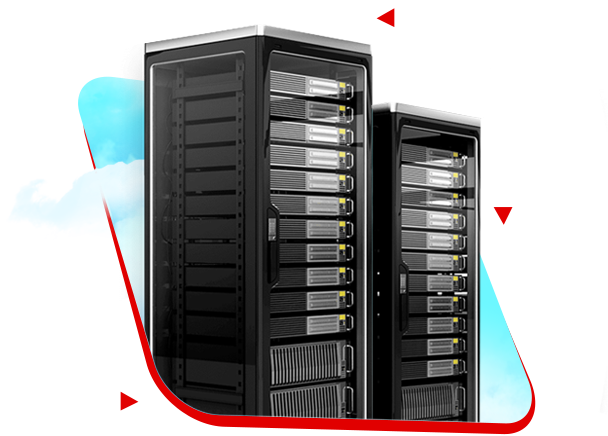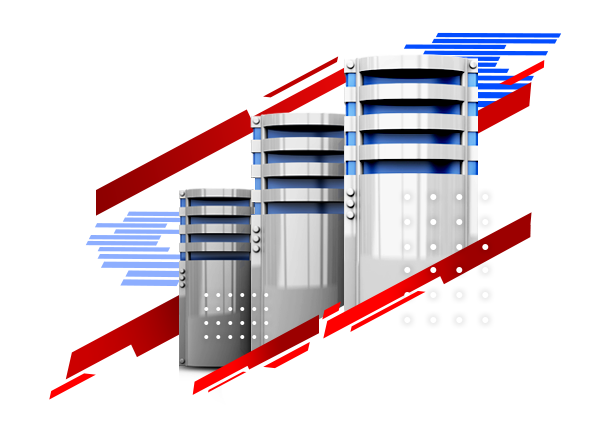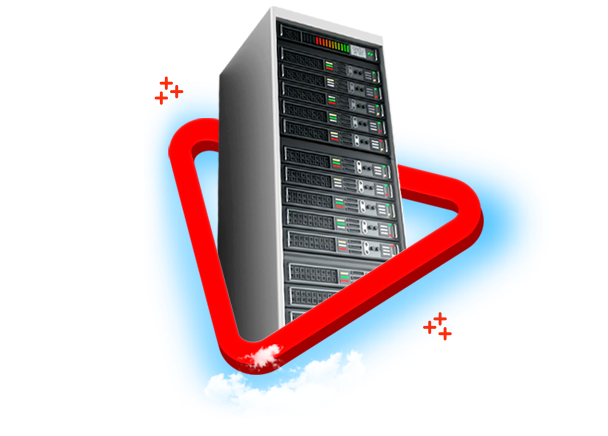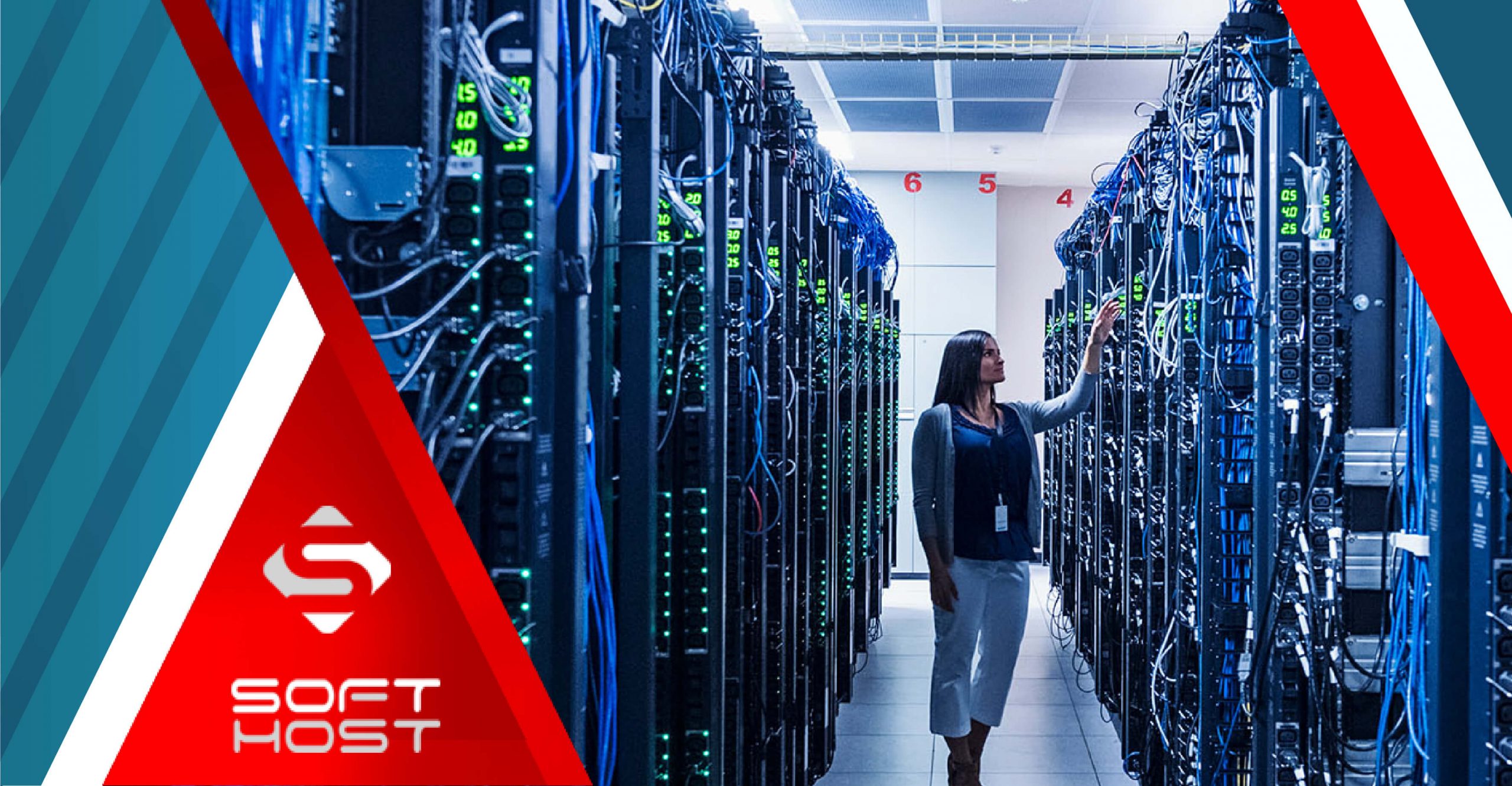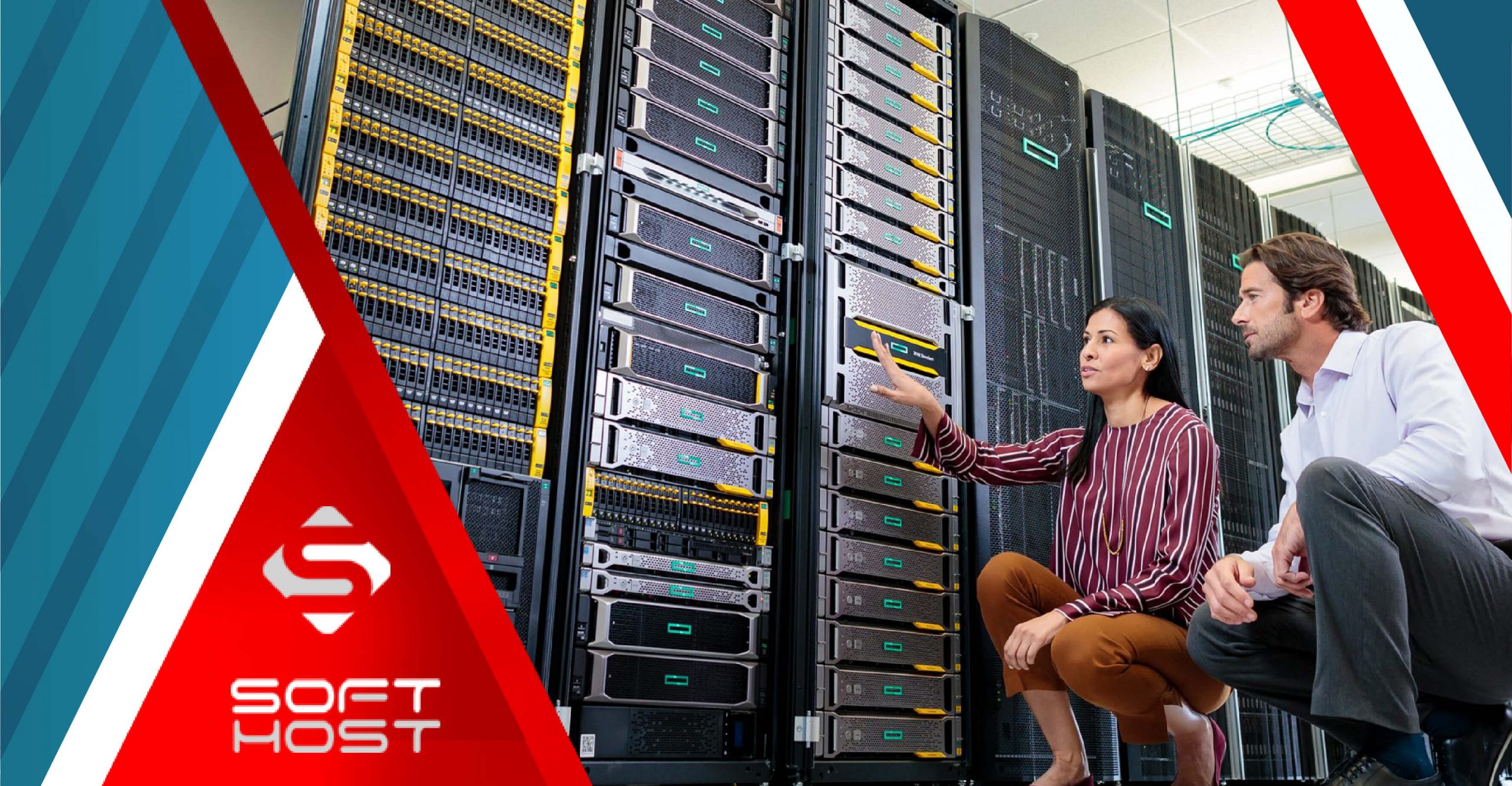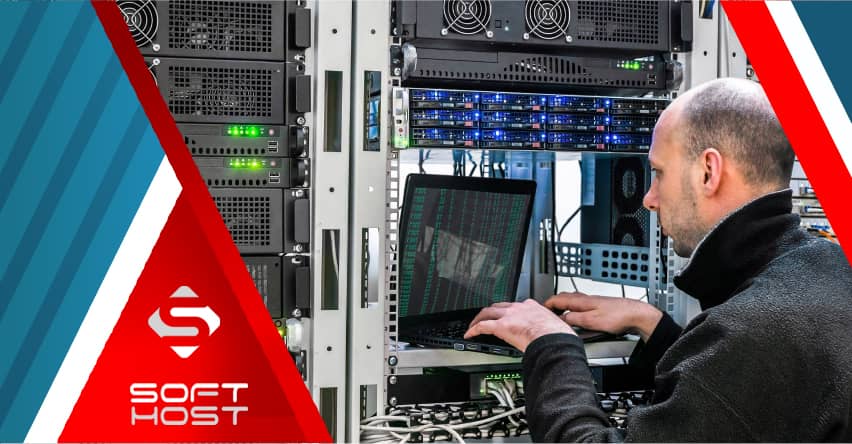
FaaS is a serverless infrastructure for development and execution of functions and developers’ coding. In fact, by using serverless services, you no longer need to prepare and customize server settings, but you can use the resources provided by the service provider and pay only for the duration of the function’s use of server resources.
“Performance as a service” or FaaS services provide conditions for programmers to worry only about coding and creating functions without getting involved with cloud infrastructure and physical servers and easily run them in simple and practical FaaS services. If you want to know more about the features and how the function as a service works, stay with us.
What is Serverless?
Table of Contents
Serverless can be considered as a way to run software projects and programs without the need for cloud or physical server infrastructure. We all know that in order to run an application or a website, we need servers where developers can provide their services to users.
In this method, the trouble of server settings is removed from the shoulders of programmers and the resources they need to run their functions and codes are provided. The way to calculate the cost in serverless is only for the duration of the function’s use of resources, that’s why the amount of RAM, CPU or other resources used are not a criterion for measuring the cost.
Serverless service features
If you are a developer and deploy your written code in a serverless service, you only pay for the time it takes for your function to be executed.
No structure is considered for creating written functions, and the provider companies execute the written code as a specific task.
In the serverless method, the functions can be executed in different ways, and the way they do their work does not affect the service provided and its cost, and the only measure is the execution time.
Ultimately, the concerns of managing and providing server infrastructure will be on the shoulders of the server, and as a developer, you will only focus on coding and product development.
What is FaaS?
FaaS stands for “Function as Service” or the same function as a service of one of the cloud computing models, it includes a general concept of serverless. In this way, developers can run their desired functions without any restrictions on the use of frameworks or libraries and regardless of the need to manage the server and provide its infrastructure.
Functions are components written by the developer and all together form a complete program. Function-as-a-service deployment is also different from traditional methods. In this method, the functions written by the developer are uploaded on the FaaS server, and the effort of executing them and performing the specified events will be done by the FaaS service.
Although many people consider function as a service and serverless to be the same, these two have differences, which we will mention below.
How does FaaS work?
In the past, most written programs used integrated architecture. In the integrated architecture, the components of the program are executed as a unit and as a whole, and this will cause the execution and launch of the program at the same time.
Over time, developers started using microservices. Microservices are a set of modules that can run independently. Also, they can be worked on independently and separately, and this has made it easier to test and maintain programs. Dividing an application into small services helps developers to easily create, modify, and run small pieces of code.
Function role in a microservice
A function is actually a microservice that can only perform one action in response to an event. Using FaaS, when a function is created, the server provider will start and the function will be executed, and after the operation, the server will shut down again and not waste resources.
In case of server shutdown, similar computing resources are allocated from elsewhere. This issue directly and indirectly has a positive effect on sustainability.
Developers using FaaS essentially have access to a platform that allows them to run code for their applications. The most important feature of FaaS is simplicity.
For developers to get the most out of FaaS, they need to make sure that each function performs only one action. Pay attention to the fact that the scope of operation should be limited and at the same time efficient. Asking a function to make a call to another function will slow down the program over time and increase costs accordingly.

What are the most popular FaaS providers?
FaaS services are becoming more practical day by day, and as a result, many providers offer them at different costs. In between, there are well-known and popular companies whose functional services are accepted and popular among users. Among these providers are:
-
Amazon’s AWS Lambda FaaS service
Amazon Web Services (AWS) has many fans because it frees you from the trouble of server management and you can focus only on writing your codes and functions. For example, when you upload an image to a FaaS server; The Lambda function automatically optimizes the image size based on the type of user’s device, including laptop, tablet, mobile, and PC. Also, the cost of using Lambda is calculated only according to the amount of resources you consume.
-
Google Cloud Functions
Google Cloud Functions is a serverless computing service launched by Google in 2018. This service helps developers to write and run their code under various cloud services such as Google’s public cloud.
Google’s goal is to simplify the work of developers and free them from paying attention to the infrastructure of the application. Google Cloud Functions automatically increases resources whenever needed and leaves them unused when not needed.
-
Microsoft Azure Functions
Azure Functions is a FaaS application service that Microsoft launched for the convenience of developers. This service increases the speed of development and design of software projects, and developers can easily upload and run their code. Like other FaaS services, it starts executing events after deploying the code in Microsoft Azure and setting up the functions.
What is the relationship between IaaS and PaaS and SaaS and FaaS?
The role of cloud computing services in today’s businesses is inevitable, and the widespread use of these services has created diversity in them.
In addition to the FaaS service, there are IaaS, Pass and SaaS services, all three services are actually under the shadow of cloud computing, and their difference is in the level of abstraction between the user and the infrastructure. Next, we will explain more about these three services.
| FaaS | SaaS | IaaS | PaaS | |
| Managed by the buyer | Manage with the provider | Data center and facilities | Managed by the buyer | Functions |
| Data center and facilities | Manage with the provider | Data center and facilities | Managed by the buyer | Softwares |
| Manage with the provider | Manage with the provider | Data center and facilities | Manage with the provider | execution time |
| Manage with the provider | Manage with the provider | Managed by the buyer | Manage with the provider | Containers |
| Manage with the provider | Manage with the provider | Managed by the buyer | Manage with the provider | operating system |
| Manage with the provider | Manage with the provider | Manage with the provider | Manage with the provider | virtualization |
| Manage with the provider | Manage with the provider | Manage with the provider | Manage with the provider | hardware |
IaaS or Infrastructure as a Service
iaas stands for “Infrastructure as a Service”. This service includes a complete and practical infrastructure of the Internet, which includes virtualized hardware such as network, server, operating system and all the necessary facilities to create and run systems.
IaaS can be considered the most flexible cloud computing service that provides you with a strong computing infrastructure to maintain light and heavy software.
Infrastructure as a Service provides the lowest level of abstraction to the user. With this service, you can fully monitor the infrastructure, software and tools related to your technology; But you don’t have to manage and control the physical infrastructure and data center.
Using this service, it is possible to create a virtual machine (VM) and install the operating system. The most popular IaaS services include Amazon Web (AWS) and Google Cloud Platform.
PaaS or Platform as a Service
PaaS stands for “Platform as a Service” and adds another layer of abstraction for users. In this way, developers can access programming environments with different languages and create and run their desired programs.
In fact, PaaS provides users with the software and hardware needed to launch and run applications.By using PaaS, users no longer need to manage the operating system and runtime and generally other infrastructure components of their application. However, note that users will still have full control over infrastructure configurations and applications.
By using PaaS, users no longer need to manage the operating system and runtime and generally other infrastructure components of their application. However, note that users will still have full control over infrastructure configurations and applications.
In fact, PaaS offers a managed infrastructure solution to developers looking to launch applications quickly. Using PaaS, developers can focus on their work and development and leave management processes to the provider.
SaaS or software as a service
Saas stands for “Software as a Service”. In this method, a service provider provides the programs and software needed by users on a monthly basis or for a certain period of time. Therefore, all people can access their desired programs through the Internet without the need to install them by making a subscription.
The cost of using these services is calculated based on the duration and amount of use. The most famous SaaS service providers include Microsoft, Oracle, and SAP.
FaaS or Function as a Service
Among these three services, FaaS offers the most abstraction and the most specific functionality to the user. With FaaS, developers get access to a platform that will execute application logic on demand. Service Provider will fully manage all Application resources and other infrastructure components; For this reason, programmers and developers have welcomed FaaS and use it widely.
Advantages of using FaaS
In general, using FaaS will bring many benefits to developers and programmers:
- The first advantage of using this architecture is to increase the developer’s focus on coding and remove his focus from managing the server infrastructure.
- The second advantage of using FaaS is cost savings. In fact, with FaaS, you only pay for the amount of resources you use. Meanwhile, PaaS and IaaS do not have such a plan and feature.
- A third advantage of using this architecture is the ability to automatically scale without capacity planning or ongoing maintenance. In fact, all these administrative and infrastructure works will be done by the provider himself.
- The fourth advantage of using FaaS is saving time. Due to the simplicity of using this architecture, it will also save time.
Conclusion
To use PaaS or IaaS or FaaS, you need to pay attention to your management and computing needs. If your workload is not so heavy and you don’t want to spend a lot of money on server and resources, use FaaS. If you want to save your time, FaaS will be the best choice for you; But it is not bad to take a look at the features of IaaS and PaaS to use them if needed.
CATEGORY:Blog
